The aviation industry is on an ever-increasing quest to build big enough batteries for planes to fly on clean electricity, in the backdrop to limit climate change, the need to electrify everything, including air travel, increases.
In 2018, Norway announced that the country was looking forward to their domestic flights getting electric by 2040. Meanwhile, recent research highlights that engineers are making slow and steady progress on this front. The electrification of aircraft will undoubtedly shrink the environmental footprint of air travel.
Why Are Electric Airplanes Needed?
Aviation is responsible for 2% of the world’s carbon dioxide emissions. In the backdrop of the global economy, aviation’s contribution to climate change will only rise. Thus, it is critical to decarbonise aviation.
Available Options
The airlines have the option of using biofuels, which some airlines are reportedly experimenting with. Biofuels, in theory, could be carbon-neutral. However, there are costs and scale associated. The other option available is electrification.
Electric Aircraft: How Does it Stand Now
Electric aircraft have the potential for emissions-free travel. Apart from this, electric aircraft has already pulled off some remarkable feats. The Solar Impulse 2 aircraft, in 2016, completed an around-the-world journey powered only by sunlight. Also, there are already small electric aircraft such as Pipistrel’s Alpha Electro, a two-seat trainer. NASA is trying out ideas with its X-57 Maxwell, an all-electric test plane. Meanwhile, another company Lilium has already tested such a prototype. Electric aviation is gathering momentum, and it could take off sooner than one might expect.
When Do We Have a Fully Electric Airliner?
Schäfer co-authored a study in the journal Nature Energy late in 2018, which attempts to answer this pertinent question. The primary constraint for aircraft is the energy density of its fuel. It is reported that quite a few of the best lithium-ion batteries have a specific energy of 250 watt-hours per kilogram. However, on-air routes up to 600 nautical miles in a Boeing 737- or Airbus A320-size airliner, Schäfer highlights that the battery would need to have a specific energy of 800 watt-hours per kilogram. He estimated that battery energy densities have increased by 3% to 4% a year in recent years. In the backdrop of the trend, an 800 watt-hour per kilogram battery could roughly be a reality by the middle of the century. He stated that it was undoubtedly a long way. However, we need to start looking at these technologies now so that they’re available in 2050. A flight powered solely by electrons is worth hoping it takes off.
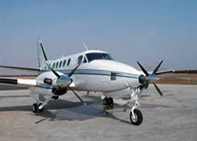
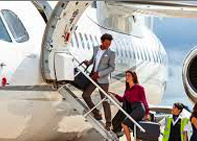
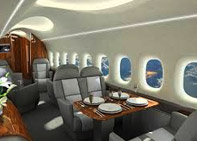
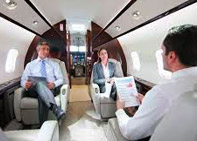
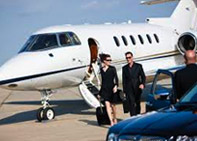


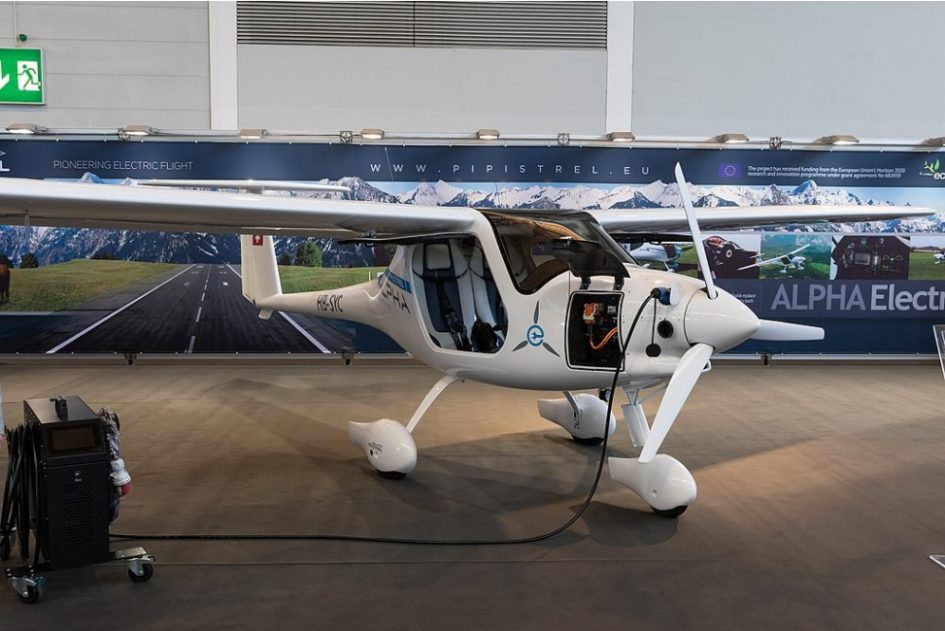
Leave a Reply
You must be logged in to post a comment.